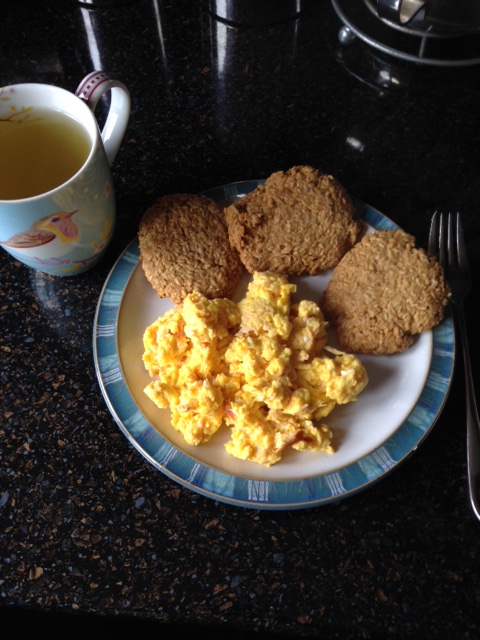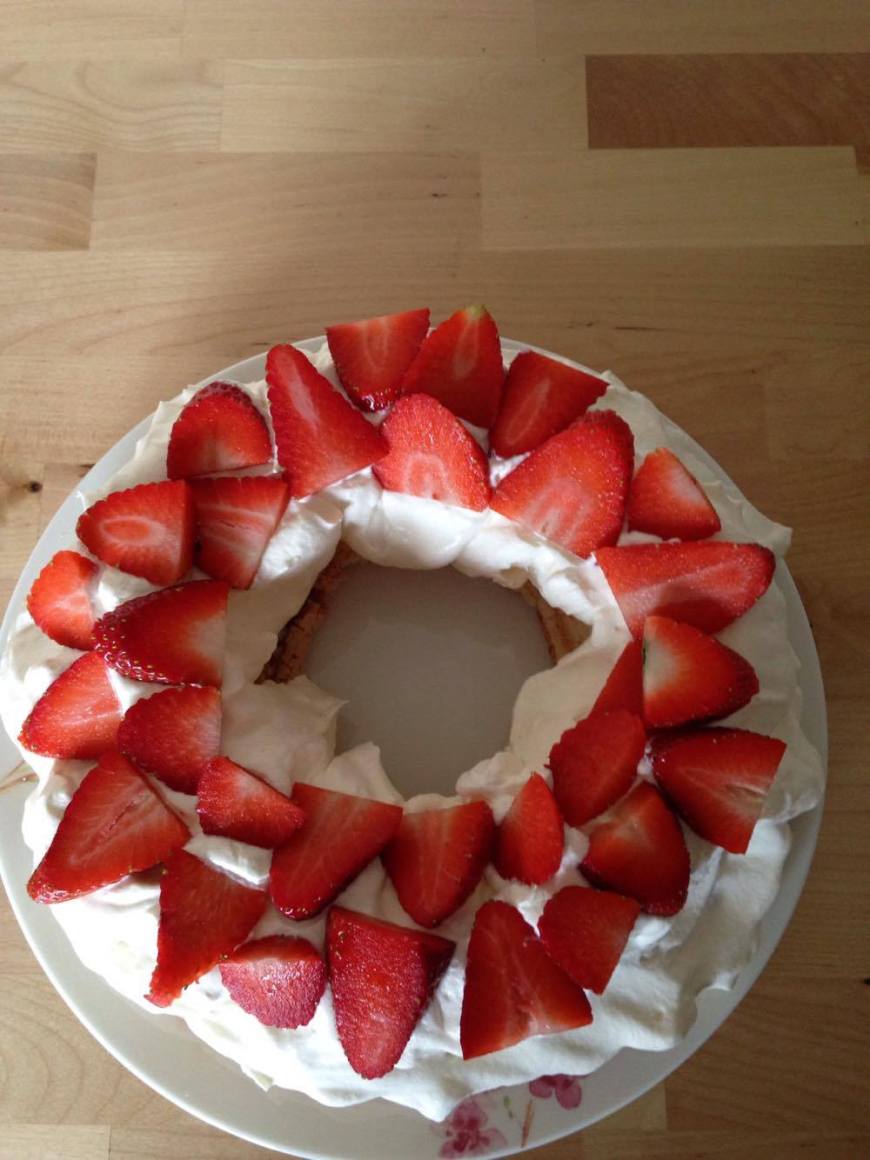A low-fat take on a lemon sponge. My own invention, tweaking a Mary Berry sponge recipe, after needing to use up lots of yoghurt that was going out of date.
You’ll need a 20-cm round cake tin, greased and lined with baking/greaseproof paper.
Ingredients:
300 g caster sugar
50 g butter, at room temperature
3 large free-range eggs (separated)
175 g 0% low-fat Greek yoghurt
50 g lemon-flavoured yoghurt
Zest of 1 lemon (+ some freshly squeezed juice for the icing if using)
175 g self-raising flour
Instructions
- Preheat the oven to 170ºC fan.
- Using an electric mixer (I use a K-mix), beat together the sugar, butter and egg yolks. Add all the yoghurt and lemon zest, beating until smooth.
- Fold in the flour using a metal spoon.
- Whisk the egg whites until they form soft peaks (takes less than 1 min). Carefully fold the egg whites into the batter, using a metal spoon.
- Pour into the prepared tin and bake for about 40 mins (check it at 30 mins). It’s ready when a skewer inserted into the middle of it comes out clean.
- Leave to cool in the tin for about 5 mins before turning out onto a wire rack to cool completely.
- While the cake is cooling, make the icing by mixing together 100 g sifted icing sugar and 1 1/2 tbsp lemon juice. Pour over the cold cake and smooth over. Leave for about half an hour to set.




